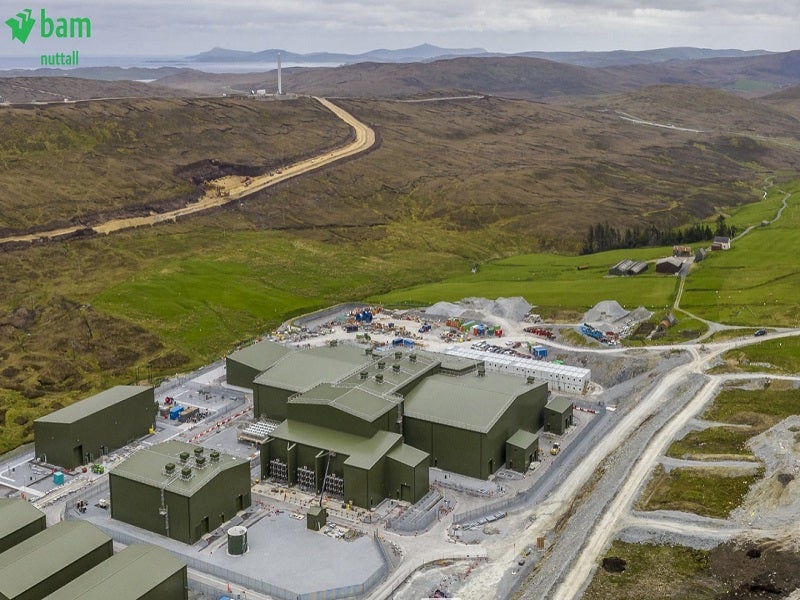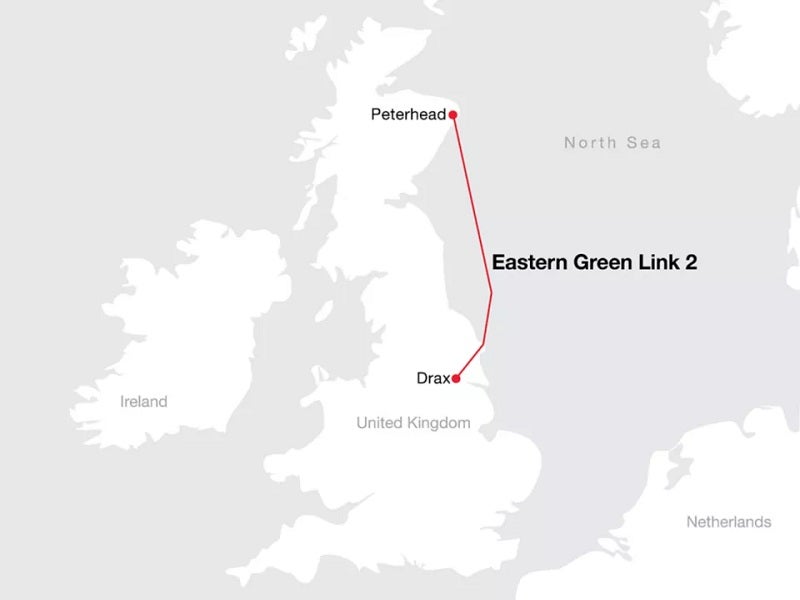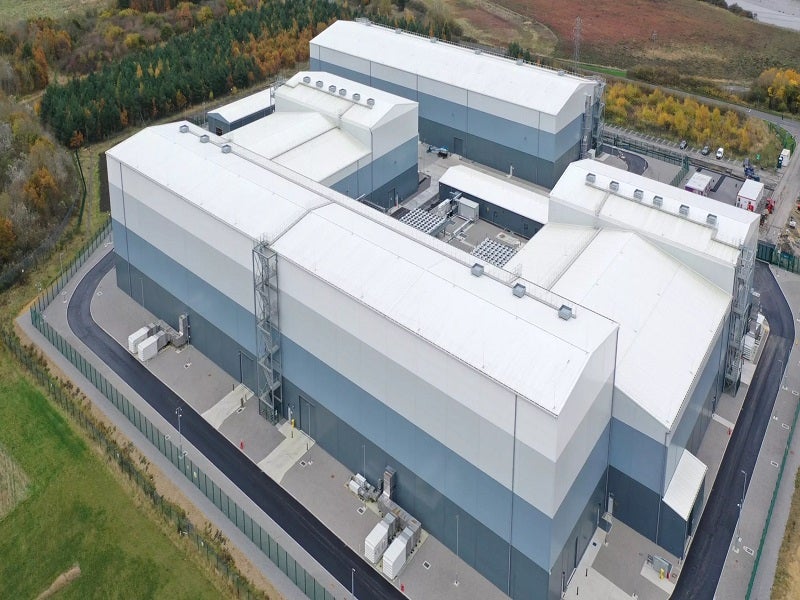The Eastern Green Link 2 (EGL2) project is a high-voltage direct current (HVDC) subsea transmission cable project that will connect Scotland with England.
The project is being developed by a joint venture partnership between Scottish and Southern Electricity Networks Transmission (SSEN) and National Grid Electricity Transmission (NGET).
EGL2 is part of four proposed transmission links between Scotland and England. The other three projects are EGL1, EGL3 and EGL4.
The EGL2 will include two converter stations with onshore and offshore transmission cables and a new pylon compound. It will have a capacity of 2GW of HVDC with a transmission voltage of 525kV.
Construction on the project is planned to be commenced in 2024 and the link will be operational in 2029.
The project aims to boost the clean renewable energy network between Scotland and England and supply power to more than two million homes. It will help to meet the UK’s net-zero commitment and provide clean energy in the future.
Location of the EGL2 project
The EGL2 subsea transmission cable will be laid between Peterhead in Aberdeenshire, Scotland and Drax in North Yorkshire, England.
EGL2 project development
The onshore environmental survey for the Eastern Green Link 2 was conducted between 2020 and 2021, while the offshore seabed surveys were carried out in 2021.
The plans for both the offshore and onshore elements of the project were submitted in February 2022.
The Aberdeenshire Council approved the Planning Permission in Principle for the HVDC converter station in May 2022. Approval for a new pylon compound was granted in February 2023 to connect the high-voltage underground cable to the overhead line.
The Marine Scotland and Marine Management Organisation granted marine licences for the subsea cable in English and Scottish waters in May and July of 2023, respectively.
East Riding of Yorkshire Council granted the full planning permission for the project’s onshore underground cable in May 2023.
In August 2023, North Yorkshire Council provided outline planning permission for the HVDC converter station and onshore cable in North Yorkshire.
EGL2 details
The Eastern Green Link 2 subsea transmission cable project is currently in the early development stage. The construction is divided into three main sections, which include the northern point of connection on the Scottish side, the marine cable route and the southern point of connection on the English side.
The project will feature two 525kV bipole voltage source converter stations connected by a series of subsea and onshore underground cables.
The 436km section of the subsea cable will run from Sandford Bay, Peterhead, in Aberdeenshire and make landfall at Fraisthorpe Sands in East Riding, Yorkshire. The subsea cable will cover approximately 150km in Scottish waters and 286km in English Waters.
The onshore section of the transmission cable at the Scottish side will feature an underground HVDC cable covering approximately 1km, connecting Sandford Bay to a converter station to the south of Peterhead. It will also feature a 1km-long high-voltage alternating current (HVAC) cable linking the converter station to an adjacent substation.
The onshore transmission cable in English side will feature an underground HVDC cable covering approximately 67km from the landfall at Fraisthorpe Sands to a converter station at Drax. It will also include a 100m-long HVAC cable from the converter station to the existing substation at Drax Power Station.
The subsea HVDC system will comprise two conductor cables and one fibre optic communications cable. The cables will be mostly buried in the seabed, while a cable protection system or rock berms will be used where burial is not feasible. The subsea installations will be performed within a 500m-wide marine installation corridor for the entire length.
Up to four ducts are proposed to be installed via horizontal directional drilling at Sandford Bay to transition the cables from land to sea safely.
Contractors involved in the EGL2 project
Sustainable energy solutions provider, Hitachi Energy and construction company BAM were selected as the preferred technology providers for the project. The two companies will provide civil and installation services for the project, in collaboration.
Hitachi Energy will supply two HVDC converter stations to interconnect the Scottish and English power grids, while BAM will provide the engineering works and technology for the HVDC converter stations.
Prysmian Group was selected as the preferred bidder for the cable connection in May 2023. The contract is yet to be concluded. Prysmian’s scope of work would include producing the HVDC cables and installing them using its cable laying vessels.





